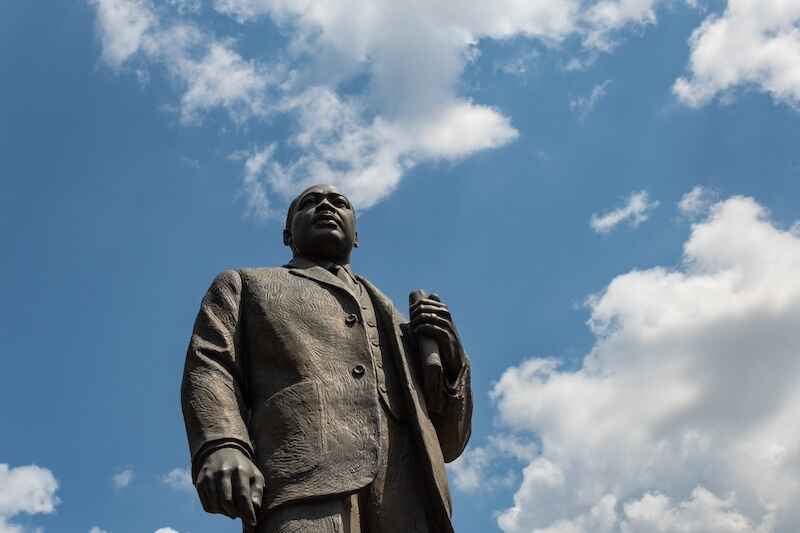Unlock the US Election Countdown newsletter for free
The stories that matter on money and politics in the race for the White House
The US is ready to lead a loan of $50bn to Ukraine repaid by profits from frozen Russian assets if the EU can indefinitely extend sanctions against Moscow, according to a leaked discussion paper.
Washington needs the EU to prolong the bloc’s sanctions on Russian state assets, which expire every six months unless renewed by unanimous consent, until the end of the war to ensure the US is not left on the hook for repayments.
But any such change to the EU regime would require the approval of leaders including Hungary’s Viktor Orbán, who has jealously guarded his regular veto rights over sanctions decisions.
The US proposal is outlined in an EU discussion paper, seen by the Financial Times, prepared for a virtual meeting of the bloc’s finance ministers on Wednesday to discuss how to raise upfront money for Kyiv.
Washington is pressing for agreement ahead of a summit of G7 leaders in Italy next week, where the funding mechanism backed by profits from frozen assets is expected to be a centrepiece of support for Ukraine.
The main option under consideration is a US plan to lend money to Ukraine, possibly in tandem with other G7 states, roughly matching the estimated “windfall profits” from hundreds of billions of dollars of Russia’s frozen assets held in the west. Diplomats say this could raise as much as $50bn.
Precise details of the loan — including its maturity, interest rate, whether it would be provided directly or through an intermediary such as the World Bank — remain to be determined, according to the paper.
But Washington sees any such a loan as “conditional” on the EU allocating profits from the assets for repayments, and guaranteeing that “Russian central bank assets held in the EU remain immobilised until Russia has agreed to pay for the damage caused to Ukraine”, according to the paper.
Such a pledge is crucial because the bulk of Russia’s assets are held in Belgium’s central security depository Euroclear, generating an estimated €3bn a year of profits.
Should the profits fall short of required repayments, or should the EU fail to agree a rollover of sanctions, the US would potentially be liable. The US is discussing other potential options to share that risk with other G7 partners.
Some EU governments are wary of the potential financial repercussions of such assurances. “The Americans are probably going to have to accept that the EU cannot give a cast-iron guarantee [on] losses,” said a person briefed on the negotiations.
Another option under consideration would involve the EU — along with other G7 nations — in effect issuing bilateral loans to Ukraine, backed by profits on Russian assets frozen in their own jurisdiction.
This would potentially require the EU using “headroom” within its common budget — a step that would also require unanimous agreement. “The time needed to put in place such guarantees, together with the legal and operational constraints, would not facilitate a swift implementation of this option,” the paper concludes.
Pressure to utilise the assets has increased in recent months as Washington seeks to maximise financial aid to Kyiv with an eye on November’s presidential election.
While France, Germany and Italy are individual members of the G7, decisions taken by the EU require consensus among its 27 members.
“What you will get tomorrow is a sense from EU ministers of whether they are willing to work to this effect,” said the person involved in the negotiations. “People are churning through all the details but we’re getting to a point where people are willing to say: ‘OK, this makes sense.’”
Additional reporting from Laura Dubois
Credit: Source link














